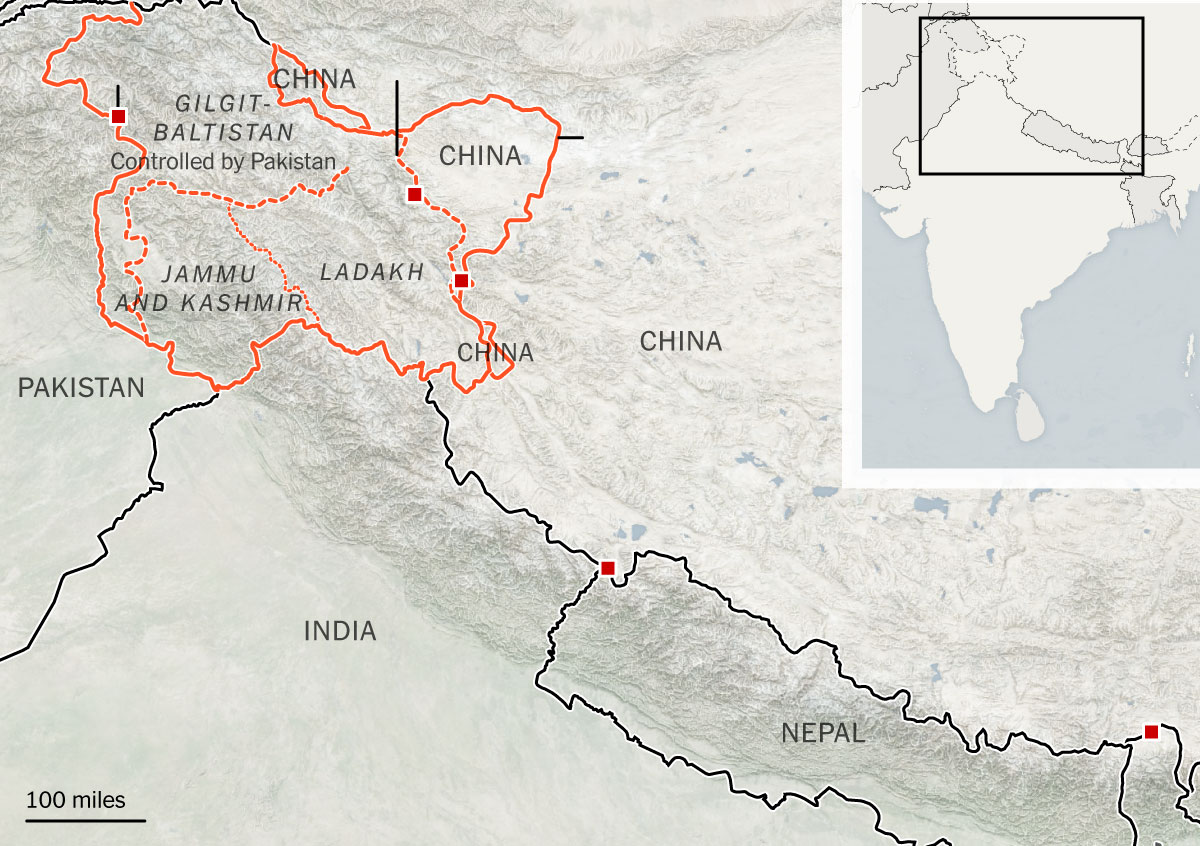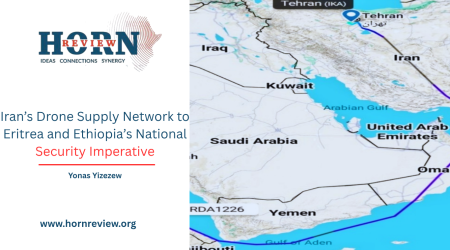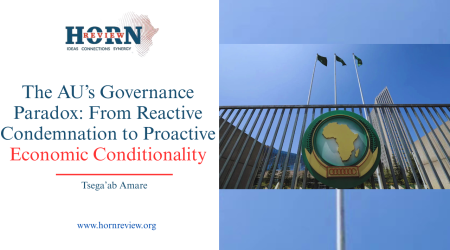
12
May
China–India Rivalry and the Siliguri Flashpoint: Is Bangladesh Poised to Become the Next Ukraine?
South Asia is increasingly becoming a focal point of global geopolitical interest, with the relationships among its major players undergoing significant shifts. The geopolitical landscape of South Asia is experiencing a profound transformation, primarily driven by the intricate interplay between China, India, and Bangladesh. China’s influence in Bangladesh is steadily growing across economic, political, and strategic spheres, presenting both opportunities and challenges for the region. This burgeoning economic reliance, however, has triggered strategic anxieties in India, particularly concerning the security of the Siliguri Corridor, a vital link to its northeastern states. Bangladesh, strategically located in the Bay of Bengal, is carefully maneuvering between the economic allure of China and its historical and geographical ties with India, while also navigating its internal political transitions.
Bangladesh, situated at the nexus of South and Southeast Asia and occupying a pivotal position in the Bay of Bengal, finds itself at the center of this evolving geopolitical landscape. Its geographic location grants it unique leverage in its interactions with its larger neighbors. The Bay of Bengal’s access makes Bangladesh a crucial partner for China’s maritime strategy and an indispensable neighbor for India’s eastern connectivity. The recent political upheaval in Bangladesh, marked by the ouster of a long‐standing pro‐India government and the rise of an interim administration in August 2024, has introduced a new dimension to these relationships. This change in government has created a window for a potential recalibration of foreign policy, offering China an opportunity to further solidify its presence in Bangladesh, which could have significant ramifications for India’s traditional influence in the region.
The Siliguri Corridor, a narrow strip of land in West Bengal connecting India’s northeastern states with the rest of the country, holds immense strategic importance for India. Its narrowest section, just 20-22 kilometers wide, renders it a critical chokepoint and a potential vulnerability for India’s internal connectivity. India is particularly concerned about reports indicating that Bangladesh is seeking China’s assistance to revive the World War II–era Lalmonirhat airfield, located a mere ten kilometers from the Indian border, close to the Siliguri Corridor. Adding to India’s security anxieties are unverified but persistent reports suggesting potential Pakistani involvement as a subcontractor in this project. The prospect of China and potentially Pakistan developing military infrastructure so close to the Siliguri Corridor raises significant security concerns for India, potentially enabling the rapid deployment of military assets and enhanced intelligence‐gathering capabilities in a strategically sensitive region.
In response to these developments, India has redoubled its own economic and diplomatic engagement with Bangladesh. New Delhi has extended substantial lines of credit for infrastructure development and promoted connectivity projects aimed at bolstering bilateral trade and fostering regional integration. These efforts are explicitly designed to counter China’s growing economic influence by offering Bangladesh an alternative development partner. Following the change in government in Dhaka, India has adopted a cautious yet engaged approach: it maintains diplomatic channels with the interim administration while also conveying its concerns regarding anti‐India rhetoric and the protection of minority communities. Prime Minister Narendra Modi’s meeting with Chief Advisor Muhammad Yunus on the sidelines of the BIMSTEC Summit in April 2025 underscores India’s continued diplomatic engagement. Nevertheless, in a move signaling its displeasure with Bangladesh’s growing alignment with China, especially regarding the Siliguri Corridor, India recently terminated the transshipment facility for Bangladesh’s export cargo, a tangible demonstration of how economic levers are being used to project strategic concerns.
Confronted with India’s economic and diplomatic overtures, the interim government in Bangladesh, led by Muhammad Yunus, has adopted a more assertive foreign policy. It signals a desire to expand ties with China and Pakistan while maintaining a working relationship with India. Yunus’s recent visit to Beijing and his public remarks about India’s Northeast region reflect this shift in foreign policy orientation. Furthermore, the interim government has shown readiness to reengage with Pakistan, resuming direct trade and flights after a considerable hiatus—a move that suggests Dhaka is exploring all available avenues to diversify its strategic partnerships. Bangladesh is expected to hold general elections between late 2025 and early 2026, and the outcome of those elections will significantly shape the country’s future foreign policy direction, as well as its approach to balancing its relationships with China and India.
Parallels can be drawn between the evolving dynamics in South Asia and the protracted conflict between Ukraine and Russia. The Ukraine conflict is rooted in historical complexities, geopolitical competition, and Russia’s strategic imperative to maintain influence in its near abroad. The eastward expansion of NATO, perceived by Moscow as a direct threat to its security, has been a major driver of the conflict. External actors, including NATO and the European Union, have significantly influenced Ukraine’s political and economic trajectory, contributing to ongoing tensions with Russia. Ukraine’s pursuit of closer integration with Western institutions has been a key factor, just as Bangladesh’s economic and political trajectories are increasingly influenced by external powers.
In both scenarios, a major power aims to expand its regional influence in a neighboring country that shares a complex history with another significant regional power (India in the case of Bangladesh, and Russia in the case of Ukraine). India’s apprehensions regarding China’s increasing presence in its neighborhood, particularly the military implications, mirror Russia’s anxieties concerning NATO’s eastward expansion. Both India and Russia perceive the growing influence of rival powers in their immediate periphery as a potential threat to their security and strategic interests. While a direct military conflict in South Asia on the scale of the Ukraine war is less probable given the presence of nuclear-armed states, the region remains susceptible to heightened tensions, proxy conflicts, and strategic competition fueled by external involvement. The strategic vulnerability of the Siliguri Corridor and the potential development of Chinese military infrastructure near this crucial chokepoint create a significant flashpoint, drawing analogies to the strategic territories that have fueled conflict in Europe. Similarly, the ongoing dispute over Teesta River water-sharing, with the potential involvement of China, mirrors resource-control issues that have contributed to tensions in Eastern Europe. The Ukraine conflict thus serves as a stark reminder of how external influence can destabilize a region and escalate tensions among major powers.
China’s expanding engagement in Bangladesh is undeniably reshaping the regional balance of power in South Asia, presenting a direct challenge to India’s traditional dominance. This deepening engagement, across economic, political, and strategic domains, is gradually eroding New Delhi’s sphere of influence in its immediate neighborhood. Military cooperation between China and Bangladesh and the resulting Indian security concerns may trigger an arms race and intensify military competition in the region. Furthermore, the geopolitical tensions stemming from competing interests could further weaken regional multilateral forums such as SAARC and BIMSTEC, thereby hindering collective efforts toward regional cooperation and integration.
The United States, through its Indo-Pacific strategy and the Quad alliance, is also actively seeking to counterbalance China’s growth in South Asia, viewing Bangladesh as a significant partner in this endeavor. At the same time, the evolving global order characterized by a shift away from unipolarity toward a multipolar system provides countries like Bangladesh with greater autonomy to pursue national interests and diversify foreign policy engagements. Bangladesh is currently developing its first nuclear power plant at Rooppur with Russian assistance, aiming to diversify its energy sources. Although this nuclear program is intended for peaceful purposes, it carries inherent implications for regional security dynamics. Notably, Bangladesh has signed and ratified the Treaty on the Prohibition of Nuclear Weapons, underscoring its commitment to nuclear disarmament; there is no evidence of any nuclear cooperation with Pakistan.
In this high-stakes environment, Bangladesh’s leaders must resist the temptation to play one power against another purely for short-term gains. A balanced, principle-driven foreign policy anchored in sovereignty, regional cooperation, and respect for international norms will better secure long-term prosperity and stability. As Dhaka approaches its decisive election, the choices it makes will not only define its future but also shape the broader contours of Indo-Pacific geopolitics.
By Surafel Tesfaye,Researecher,Horn Review










